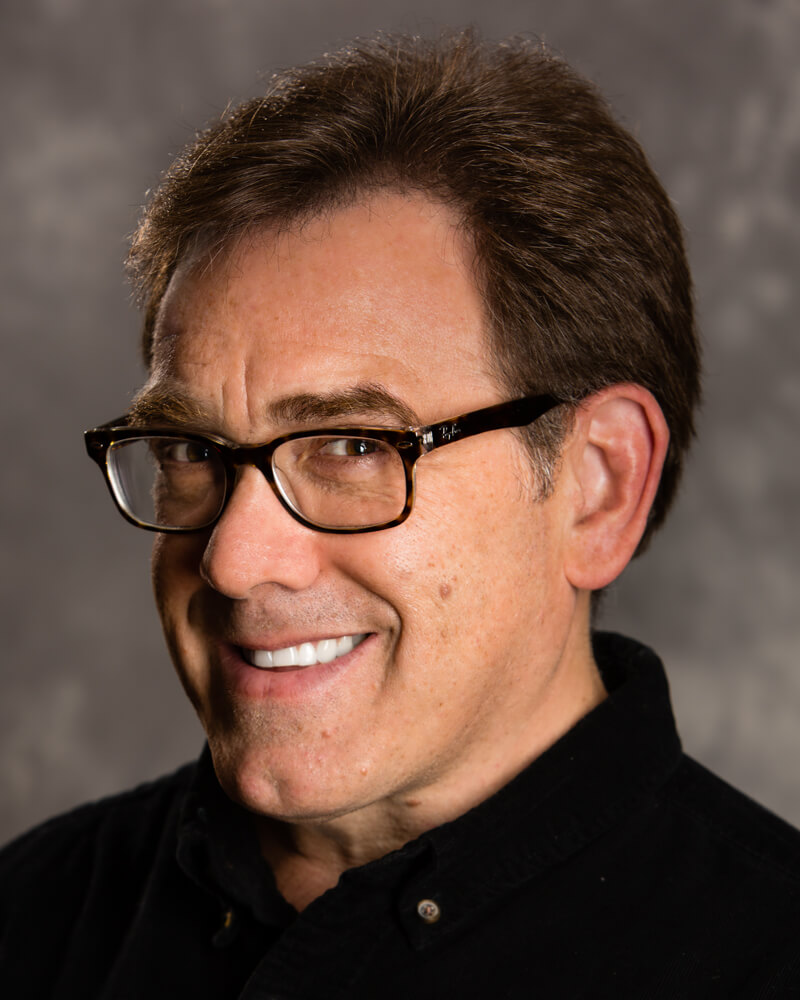How Technology Continuously Innovates Artists and the Art World
The history of man is the history of progress and technology. The history of art embodies the same principles: progress and technology. Technology, being from the tools used to create the work, to the different types of medium used to create the art, to the way the art is disseminated, and even from our understanding of what art is and its accessibility.
The printing press, wood engravings. photographs, videos, NFTs, and the internet make it so our understanding of art and technology cannot be other than fused together. It is now commonly understood that technology doesn’t assist the artist, but is a part of the artwork in itself.
For example, the famous silkscreen prints of Andy Warhol, or the performance works by Stelarc would not be possible if technology and science, parallel to the creativities’ road, did not push for original work and new ways of conceptualizing art.
Closer to the 21st century, Post Internet art and exploration of virtual reality have become known as different artistic disciplines. The manipulation of the virtual world, its tools and programs is now the artistic playground of designers and artists for elaborate and conceptual works.
In fact, most of modern art is tied to science and the internet, because the democratic playground of the web provides an opportunity for anyone to showcase her work and for the audience to seek out art, including buying, sharing, and distributing art.
Artists that truly understand the limitless possibilities of the marriage of art and technology have produced unique and innovative works of art. For example, Hasan Alsaif is one such artist. Mr. Alsaif has dedicated his professional career to the study and dissemination of art and technology. This is most evident in his most recent multi-medium visual art series, entitled Abstract Series.
For this project, he collected over 100 drawing contributions from people in various public spaces including museums, parks, and social gatherings. He then composited the digital photography with drawings using Photoshop. Composite images are made up of two or more photographs, which are combined to create one image. They are ubiquitous: in ads, on websites, in the news, on Instagram and more. In the vein of Andy Warhol, he took an everyday presentation of photography and made it art. Composite photography is the evolution of Steven Sasson’s eye, composite portraiture which was already being practiced in the 1880s when Sir Francis Galton invented a technique to take multiple exposures on the same photographic plate. Utilizing different editing and composite techniques, Mr. Alsaif created a piece of artwork that married both the journey of technology, the aesthetic of art, and the community of people and places. He then,m geniously, recorded screen captures documenting the process. Using technology, Mr. Alsaif was able to snap a screenshot, capture a scrolling screen, and edit his work by adding text, highlights, arrows, and other items. This technique also allowed him to use a screen recorder to save his artwork as an MP4 file or animated GIF.
This impressive work of art is the true embodiment of the marriage of art and technology, with the utmost attention to aesthetics and high art concepts. Mr. Alsaif’s work delivers a unique to the public, changing how the viewer thinks, feels and views the world, makes them think or simply provokes them.
The narrative technological presence in art enhances the art, the experience, and the artist. We are living in an exciting time where art is both technologic and provocative. Technologic because it is reshaping and changing how we view art and provocative because we are attracted to this seemingly unorthodox way of creating and describing art. This continuum will only continue to develop with artists such as Mr. Alsaif and more.





